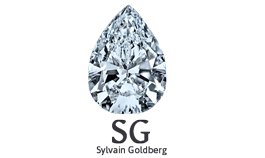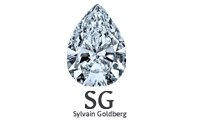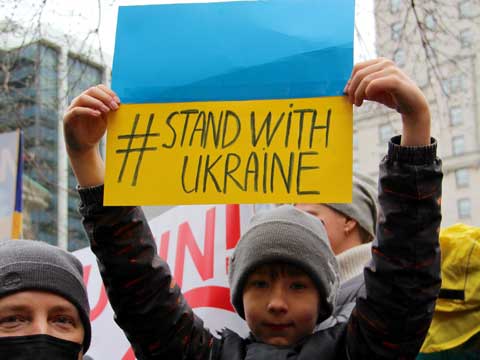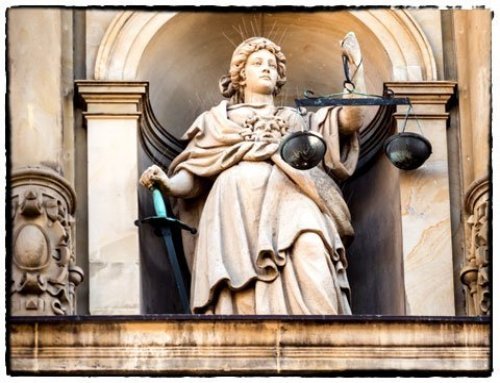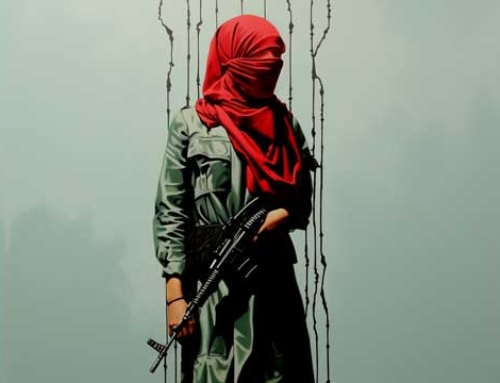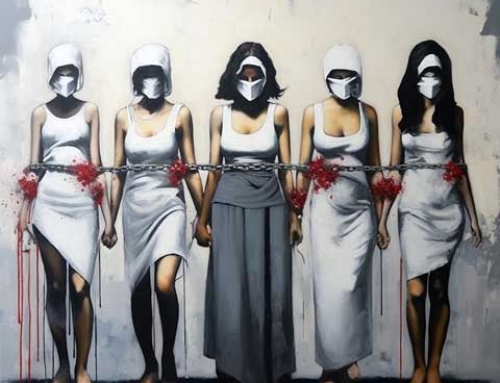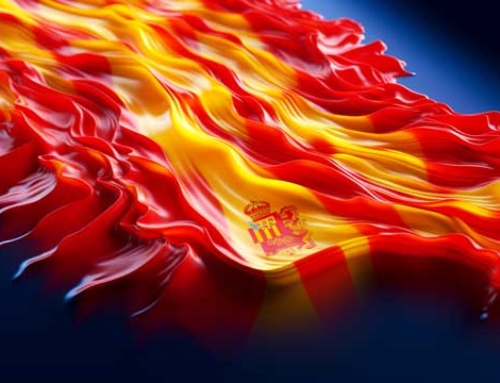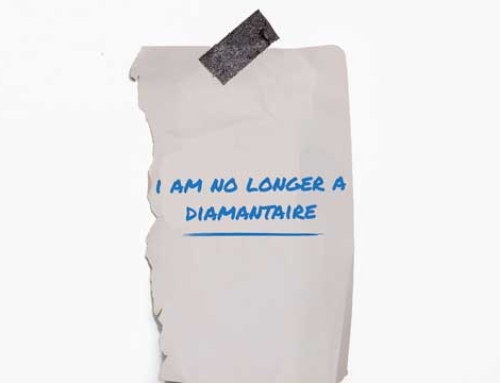Auction house Christie’s auctioned off an extraordinary pink diamond on Thursday: the “Fortune Pink“. According to expectations, this 18.18 carat diamond could well be hammered off for tens of millions.It was finally sold for $28.8 million.
With Benno Leeser (Gassan Diamonds) and Filip Reyniers (ISIP research institute), we take a look at the international diamond trade and Russia’s role in it. “25 percent of sales in Antwerp are Russian diamonds,” says Reyniers. “For Belgium, it’s a difficult dossier.”
“One carat is 0.2 grams. So that means this one is heading toward 5 grams. That’s really pretty big,” says Benno Leeser of Gassan Diamonds. The shape and color makes this stone extra special, says the connoisseur.
Kimberley Process
There has always been much ado about diamonds. The Kimberley Process is an international cooperation agreement to ensure that bad diamonds – or conflict diamonds – are kept out of trade. “Just last week, the Kimberley Process met in Botswana,” says Filip Reyniers of the Belgian research institute ISIP, which focuses on peace and human rights.
“In the 1990s and early 2000s there were very serious conflicts going on,” Reyniers says. “Especially in Africa, think of Sierra Leone, Liberia, and Angola. There it was observed that rebels, who committed very serious human rights violations, were financing themselves from the mining and sale of diamonds. It was then decided to come together in the Kimberley Process with concerned states, NGOs, and the business community, to take measures to keep those so-called blood diamonds or conflict diamonds off the market.”
Russian diamonds
Russia is a major player in the global diamond trade. How does the war in Ukraine affect that? “We absolutely do not sell Russian diamonds since the war,” Leeser says. “We also supply the watch industry and in that case we also have to indicate on the invoices that they are not goods from Russia.”
“There is a big debate whether this kind of situation is within the mandate of the Kimberley Process,” says Reyniers. “There are two camps. One camp with NGOs, for example, says, ‘This is the core business of the Kimberley Process, you can’t ignore this.’ And the other camp says, ‘No, we don’t do politics.‘”
Reyniers says this led to a 10-hour discussion at last week’s meeting, with no result.
Major financial interests
In Antwerp, the hub of the diamond trade, Russian diamonds are simply still being sold because no official sanctions have been taken. “The financial interests are huge,” Reyniers says. “25% of sales in Antwerp are Russian diamonds. The diamond company Alrosa is one of the two biggest global actors so it’s hard to avoid them.”
“For Belgium, it’s a difficult issue,” Reyniers said. “There are rumors about how actively Belgium opposes being put on the sanctions list within the EU. Belgium denies that. It has always profiled itself as a pioneer of ethical diamonds. Above all, we think Belgium should take the lead and not hide behind an EU position.“
